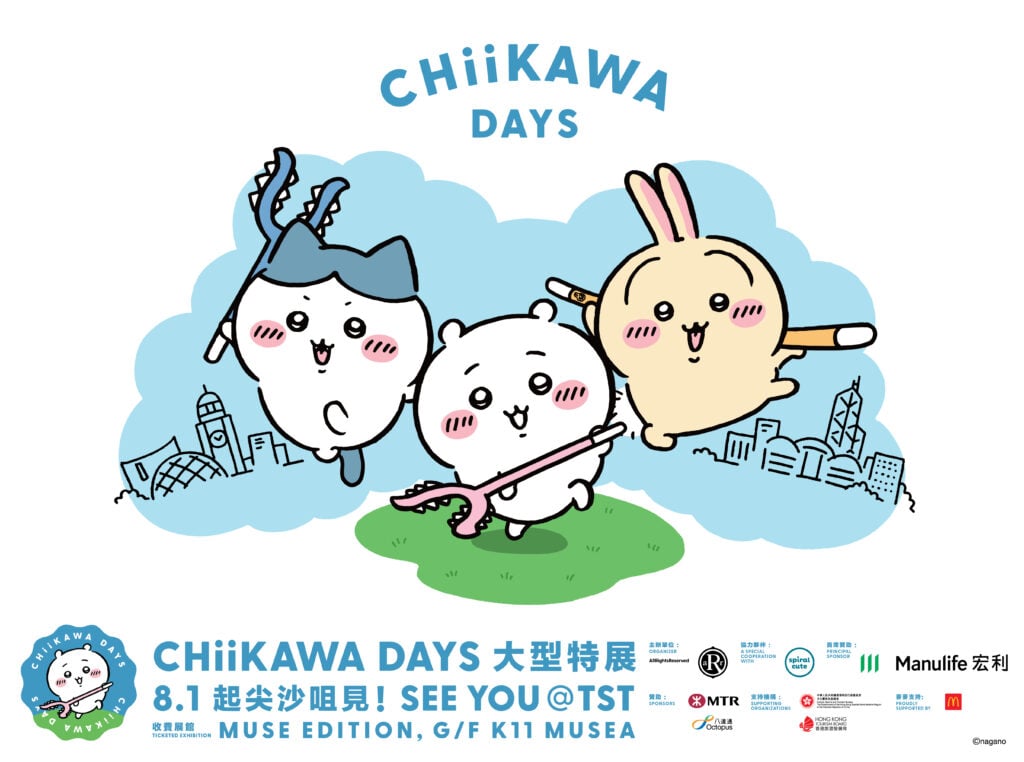
- This event has passed.
EVENT DESCRIPTION
Kiang Malingue is pleased to present “Three Stories: Monsters, Opium, Time”, an exhibition of recent films and video installations by Ho Tzu Nyen. This is the esteemed artist’s second exhibition with Kiang Malingue, showcasing three independent bodies of work: “Night March of Hundred Monsters” (2021), O for Opium (2023), and a suite of more than forty “Timepieces” (2023). Timepieces was first shown at Ho’s recent mid- career survey show, Time & the Tiger at the Singapore Art Museum, which subsequently travelled to Art Sonje Center, Hessel Museum of Art, and Mudam Luxembourg – Musée d’Art Moderne Grand-Duc Jean, next to be shown at the Hamburger Kunsthalle in November 2025.
Known for critically reflecting upon the construction of history, myth, ideas and identities by working across a range of media in the past two decades, Ho continues to explore subjects as diverse as yōkai (monsters, demons, or spectres as they are known in Japan) and its intertwining with histories of Japanese Imperialism; the history of the opium trade; and the concept of time in particular manifestations. “Three Stories: Monsters, Opium, Time” is a structured exhibition that alludes to trailokya or the three realms, the religious division of the world into three domains: the netherworld, the earth, and heaven, allocated to the three-storied building of Kiang Malingue.
In the place of the netherworld, “Night March of Hundred Monsters” is an ongoing project that is directly inspired by the Japanese folkloric tradition of envisioning a horde of monsters parading through nocturnal darkness. For the two “Night March of Hundred Monsters” video installations that are shown in a quasi-cinema setting made specifically for the exhibition, Ho has observed the tradition and compiled, in his signature style, an animated encyclopaedia of monsters in which each individual yōkai is carefully depicted. In his picture scroll, however, one sees not only legendary monsters such as the Kitsune (Fox Spirit), Kappa (River Sprite) or Tanuki (Raccoon Dog). A number of historical Japanese individuals who participated in the occupation of the Malayan Peninsula during World War II, including General Tomoyuki Yamashita and the wartime secret agent Yutaka Tani—both of whom were widely known as the Tiger of Malaya, have found their way into Ho’s bestiary. Ho further complicates the structure of the origin stories by identifying the monsters in historical events: The Illusionary Monk, for example, is identified as the many Japanese soldiers who metamorphosed into monks in the last days of World War II. Another fabled creature, Mokumokuren (Many Eyes of the Screen), is described as an analogy for the Thought Police in George Orwell’s 1984. These creatures remain firmly embedded in the everyday imagination, imputed into the realm of popular culture through Japanese media such as anime and manga.
Details
- Start:
- 20 March
- End:
- 13 May
- Admission:
- Free
- Event Category:
- Multimedia
